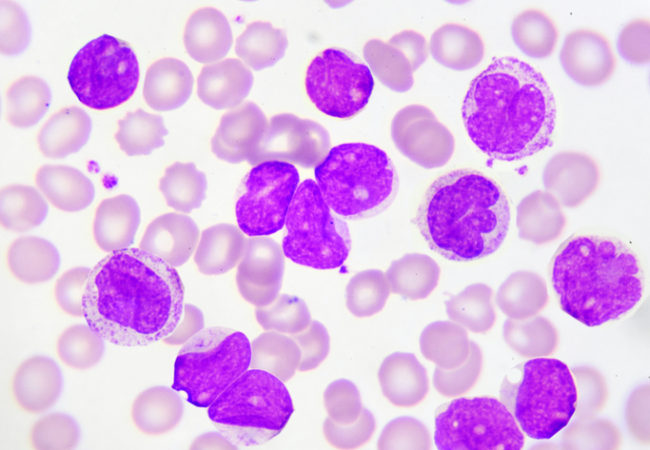The Warning Signs of Leukemia
Anyone can develop this cancer, but very people are screened for leukemia. If you don’t know the warning signs leukemia expresses, here’s a guide for you.
Related ads
Although each form of cancer is fatal, leukemia is one of its deadliest forms you can be diagnosed with. According to the Leukemia Society, every three minutes a new case in the US is diagnosed with a type of leukemia. Over 1.3 million people have leukemia right now.
What is Leukemia?
It is a type of cancer that affects the bone marrow as well as other blood-forming tissues in the body. Leukemia can develop in various ways; some individuals have a higher risk of developing leukemia due to a genetic predisposition to the disease. And if you’ve been exposed to specific toxins such as benzene, arsenic, BPA and formaldehyde, you’re more likely to develop leukemia.
According to Healthline, there are several types of leukemia. These are the main four:
- Lymphocytic leukemia: it typically occurs in children
- Lymphoblastic leukemia: It affects adults over age 55
- Acute myelogenous leukemia: It can happen to anyone regardless of age
- Chronic myelogenous leukemia: It normally is found in adults
After you’re diagnosed with leukemia, your doctor often breaks it down further into various subtypes. Each case of leukemia varies slightly, according to whether or not your disease is chronic or acute and the speed of its growth.
Like any type of cancer, the delay in seeking medical treatment may further limit your options with regard to treatment.
The Initial Signs of Leukemia
Usually, a person with a slow-growing type of leukemia remains unaware of it until it spreads further. It’s only the fast-growing types of leukemia that produce the notable symptoms that are the following:
Related ads
An Unexplained Fever: Normally, you develop a fever if you have a viral infection. However, raising the body’s temperature is a natural defense mechanism resisting foreign bodies. If you have leukemia, you will be having a fever that doesn’t seem to go away.
Fatigue: If you’re feeling fatigued and tired after a good night’s sleep, or feeling exhausted and getting out of bed is difficult, visit a doctor.
Weight Loss: Sudden weight loss is one of the most common signs of this condition. If you’re drastically losing weight without changes to your diet or exercise, it could be leukemia.
Rash: One of the revealing signs of leukemia is a rash that looks like a cluster of tiny red bumps on the skin.
Bruising Easily: Leukemia can develop at any age, including in small children. Parents should be watchful for an increase in unexplained bruises on their child’s body.
Swollen Lymph Nodes: Whenever leukemia is present in the body, the lymph nodes will remain swollen for months at a time.
Treatment Options for Leukemia
The treatment for leukemia is not easy, regardless of what type you’re diagnosed with. However, the following are the most commonly used treatment options:
- Chemotherapy: One of the major cancer treatments, chemotherapy is the most common treatment used to combat leukemia. In chemotherapy, a drug or combination of drugs is taken via pill or injected to kill leukemia cells.
- Targeted therapy: These are leukemia-specific drugs, which may attack cancer cell vulnerabilities and are taken regularly.
- Radiation: It is another standard leukemia treatment, and uses x-rays to kill or neutralize the growth of cancer cells. It can either be used alone or in combination with multiple treatments. It can be used over the whole body or in a specific area.
- Stem cell transplant: It is a less common option and is a relatively new alternative in cancer treatment. When used, this treatment replaces cancerous bone marrow with stem cells to help rebuild new bone marrow.
New research is constantly being conducted to find more effective treatment options for leukemia. After you’re diagnosed with leukemia, you and your doctor will plan how to combat it.
Know the Signs of Leukemia Before It Occurs
It would be shocking for you to know that you have leukemia. Perhaps, this fearful knowledge leads many people to avoid going to the doctor. However, the sooner you get diagnosed the sooner treatment can begin. The earlier you being treatment, the greater your chance to survive. This is because there are more treatment options available in the initial stages of the disease.
Related ads
So, if you or someone dear to you begins showing any of the leukemia symptoms we discussed above, it’s advisable to consult the situation with a certified physician today.

